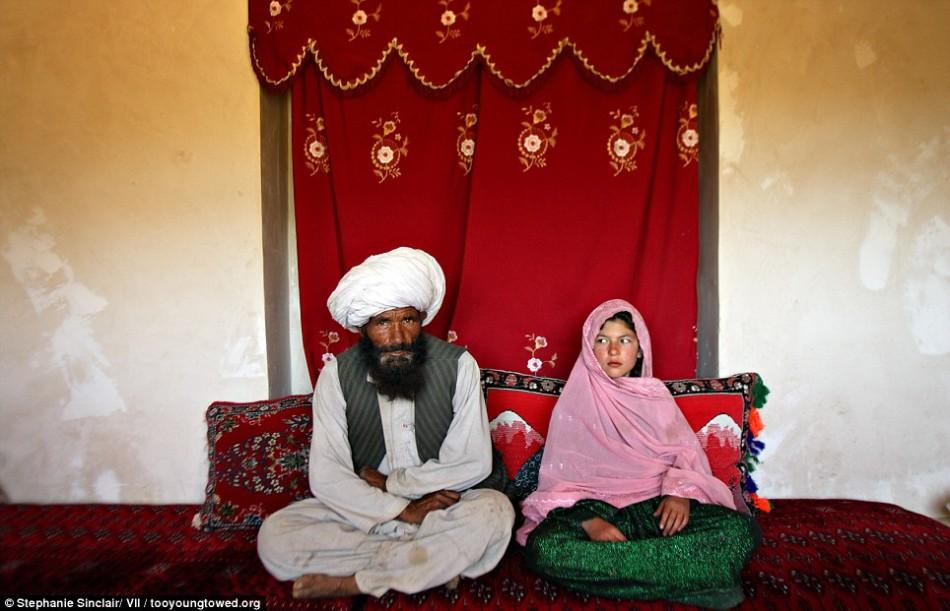Child marriage remains widespread
When we think of trade, what usually comes to mind is an economic partnership to buy and sell goods and services, or at least that’s what the dictionary tell us; the concept of trafficking, however, has an entirely different connotation, of illegality, corruption, and immorality. The former is perceived as a positive business transaction, while the latter is condemned.
Undoubtedly, human trafficking is a human rights violation. In some regions of the world, though, it remains an accepted part of culture and tradition. Today, child brides continue to be sold or given to someone else, girls who are then considered the buyer’s possession.
In such countries, cultural traditions remain an excuse for this practice, even when child marriage has led to tragic consequences. Back in October 2013, for example, a child bride in Yemen had a hemorrhage when forced to consummate the union with a man five times her age. This horrendous case was a catalyst for activists around the world, and they revived the debate about whether child marriages were child abuse and pedophilia. This debate had already been taken up by the UN in December 2011, urging local governments to ban underage marriage. Nevertheless, after the initial smoke of the outrage cleared, people seemed to stop caring that perpetrators continued feeding the unethical fire of abuse.
International media covered the story of the child bride from Yemen extensively, but thousands of other cases can be found in other countries, including Brazil. Although it is illegal in Brazil to be officially married if one is underaged, there are many underaged wedded couples in rural and impoverished areas. Perhaps circumstances aren’t as extreme as in Yemen, but the 2010 census by the Instituto Brasileiro de Geografia e Estatística revealed that 60,000 children younger than 18 years old are married or live as a couple with someone older. A possible solution would mean a mindset change, which can only be achieved through a better education.
Besides the moral questions that arise, child marriages also damage a child’s mental and physical health. Data shows that most child brides are between the ages of 10 and 14, an alarming statistic. Pediatrician Hermano Falcone points out that a child needs to pass through phases to reach maximum growth, and having sexual relations before the appropriate time can be a severe setback. Dr. Falcone further emphasizes that forcing a child to be in a marital relationship is unnatural, causing deep psychological disturbances. Another physician concurs: Gynecologist Weinecleide Leite states that society should not accept premature marriage, since the child’s body is still forming and engaging in sexual activity at such a young age can be critically damaging.
Child marriage is a problem in Brazil, yet it is a disturbing occurrence that has been sustained for millennia in other countries as well. Although a country’s culture should be respected, the world and its citizens evolve; thus, traditions should be reconsidered to prevent the abuse of human rights, including the safety and health of girls everywhere.
Sources: reuters.com, New Oxford Dictionary, estadão.com.br, g1.globo.com

Kandelman's feminist articles focus on unresolved issues, a topic she picked up when she became a reporter this last year, following a stint as the Talon's...










Shack • Apr 16, 2014 at 4:32 pm
-SHAMELESS PLUG ALERT- Hmmmm. interesting.. there is a provocative student film that has just been “wrapped” (and will premiere at the 10th Annual Graded Film Festival) dealing with this very topic!